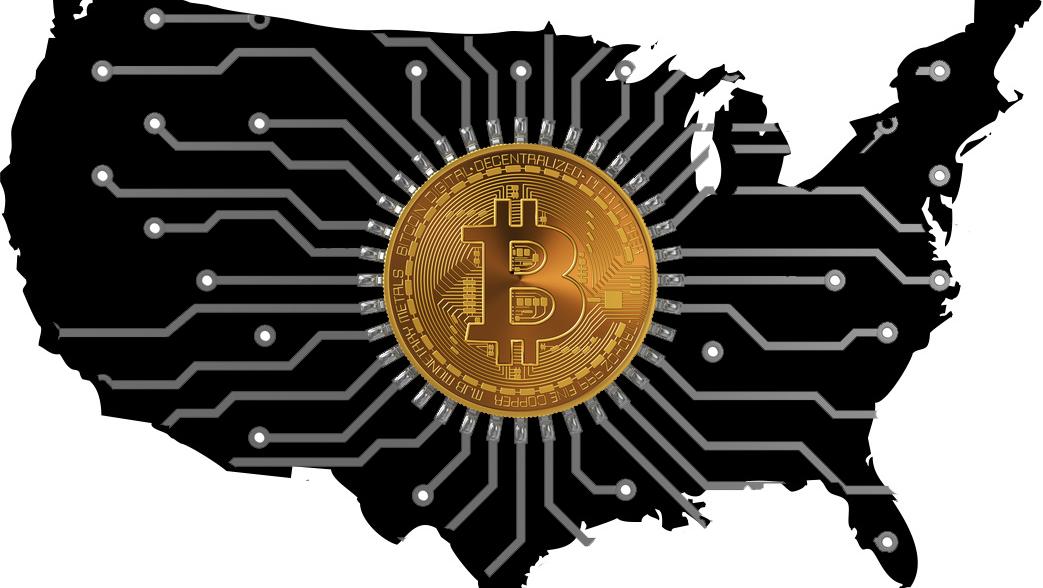PALO ALTO, Calif. (Reuters) - The Federal Reserve is taking a look at a broad range of issues around digital payments and currencies, including policy, style and legal factors to consider around potentially providing its own digital currency, Guv Lael Brainard said on Wednesday. Brainard's remarks recommend more openness to the possibility of a Fed-issued digital coin than in the past." By transforming payments, digitalization has the prospective to provide higher value and convenience at lower expense," Brainard said at a conference on payments at the Stanford Graduate School of Service.
Main banks internationally are discussing how to handle digital financing innovation and the dispersed journal systems utilized by bitcoin, which guarantees near-instantaneous payment at potentially low expense. The Fed is establishing its own day-and-night real-time payments and settlement service and is currently reviewing 200 comment letters sent late last year about the suggested service's design and scope, Brainard said.
Less than two years ago Brainard told a conference in San Francisco that there is "no engaging showed requirement" for such a coin. However that was prior to the scope of Facebook's digital currency ambitions were extensively known. Fed authorities, including Brainard, have raised issues about customer defenses and information and privacy Click for more info risks that might be postured by a currency that might enter use by the 3rd of the world's population that have Facebook accounts.
" We are collaborating with other reserve banks as we advance our understanding of reserve bank digital currencies," she said. With more nations looking into issuing their own digital currencies, Brainard stated, that adds to "a set of reasons to Additional resources likewise be making certain that we are that frontier of both research study and policy development." In the United States, Brainard stated, issues that require research study consist of whether a Extra resources digital currency would make the payments system much safer or easier, and whether it might posture financial stability risks, consisting of the possibility of bank runs if money can be turned "with a single swipe" into the reserve bank's digital currency.
To counter the financial damage from America's extraordinary nationwide lockdown, the Federal Reserve has actually taken extraordinary steps, consisting of flooding the economy with dollars and investing directly in the economy. The majority of these moves got grudging approval even from numerous Fed doubters, as they saw this stimulus as needed and something only the Fed might do.
My brand-new CEI report, "Government-Run Payment Systems Are Risky at Any Speed: The Case Against Fedcoin and FedNow," details the risks of the Fed's present plans for its FedNow real-time payment system, and proposals for main https://edgarjmbf583.my-free.website/blog/post/471152/fed-introduces-new-cryptocurrency-fedcoin-here-s-why-it-s bank-issued cryptocurrency that have actually been called Fedcoin or the "digital dollar." In my report, I talk about issues about privacy, data security, currency adjustment, and crowding out private-sector competition and development.

Proponents of FedNow and Fedcoin say the government needs to create a system for payments to deposit quickly, instead of encourage such systems in the personal sector by raising regulative barriers. However as kept in mind in the paper, the economic sector is supplying an apparently limitless supply of payment technologies and digital currencies to solve the problemto the degree it is a problemof the time space in between when follow this link a payment is sent out and when it is received in a bank account.
And the examples of private-sector innovation in this area are lots of. The Clearing Home, a bank-held cooperative that has actually been routing interbank payments in various types for more than 150 years, has actually been clearing real-time payments considering that 2017. By the end of 2018 it was covering half of the deposit base in the U.S.